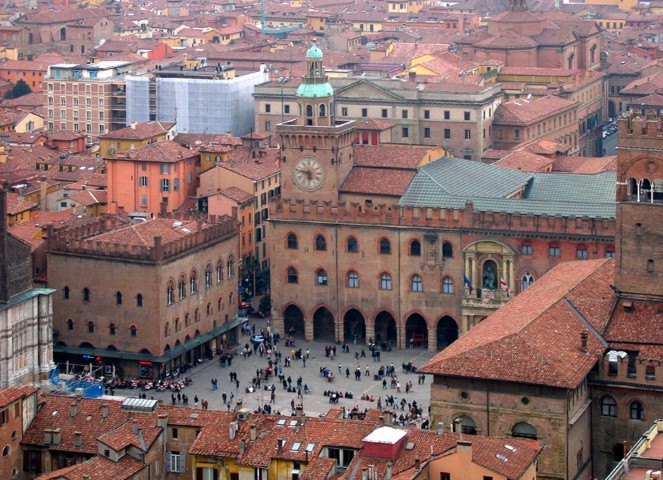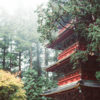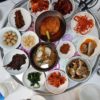Bologna is as spectacular, in looks, as Rome.
Though it has few visible Colosseum-quality ancient ruins, Bologna has been a boomtown from Etruscan times, and today, its extensive historic centre is still host to a wealth of evocative and atmospheric eye candy.
Its defining architectural feature — 70 kilometres of wide arcades overhanging spectacularly tiled pavements — date from the 12th Century when, faced with a housing shortage caused by 10,000 university students, the city allowed rooms attached to existing buildings to be extended over the streets. The university, which attracted aristocratic scholars from all over Europe (you can see their hanging coats of arms in the palace-like Biblioteca Comunale, the original college building), was Europe’s first university, and is still one of the world’s most prestigious — which is why one of Bologna’s many nicknames is La Dotta (the Learned).
The city’s other defining architectural landmarks include two medieval towers seen in more souvenir postcards than you could shake a boloney sausage at. This Odd Couple pair resulted from a 12th-century ‘Hey-mate-I’m-bigger-than-you’ competition between feuding Guelph and Ghibelline familes: the 318-foot Asinelli — still Bologna’s tallest building, and, if you’re willing to climb 500 steps to the top, Bologna’s best panoramic photo op — and its squat 157-foot sidekick Garisenda, which lost the competition because builders hadn’t properly prepared its foundation. Hence the latter is the proud owner of a three-foot lean which probably could have matched Pisa’s more prominent four-foot lean had city authorities not lopped off the tower’s top, for public safety reasons, in 1360. (For a cheap thrill, stand under Garisenda’s leaning side when clouds are passing over it in the same direction; due to optical illusion, the tower will seem to be toppling on top of you.)
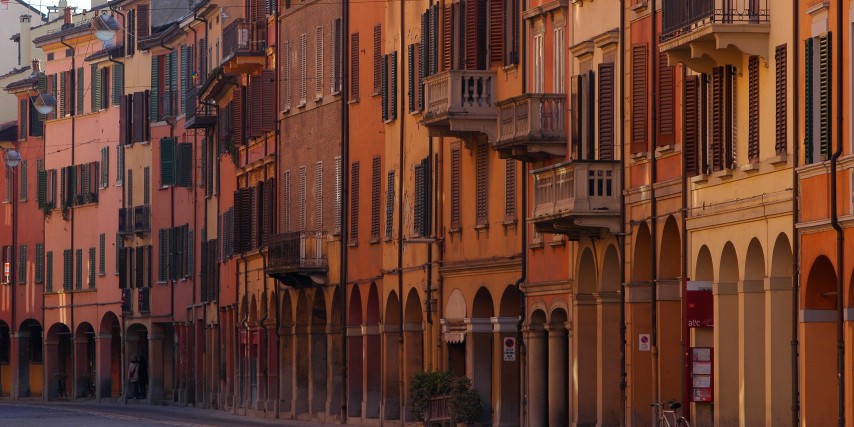
It’s also as vibrant in feeling as Milan. Unlike many of Europe’s intact ‘Old Towns’, Bologna has no air of fading grandeur. Its historic squares, restaurants, and bars teem with activity and life. Ironically, the city’s very visible oldness is due to its innovative modern mindset: A progressive policy of ‘active preservation’ — maintaining Bologna’s historic character by gutting and renovating old buildings for new uses rather than just knocking everything down — was developed back in the 1970s by the municipal government of the time, dominated by the Italian Communist Party. Hence another of Bologna’s nicknames, despite its current air of cosy capitalist prosperity, is La Rossa(the Red).
Yet Bologna is virtually undiscovered. Well, okay, not entirely; itwas an EU City of Culture in 2000. But it’s still one of the world’s most underrated city-break destinations. And those who have discovered it hope it remains that way (among other things, it means there’ll be more sage-spiced lemon sorbetto for us at Silverio Ristorante!).
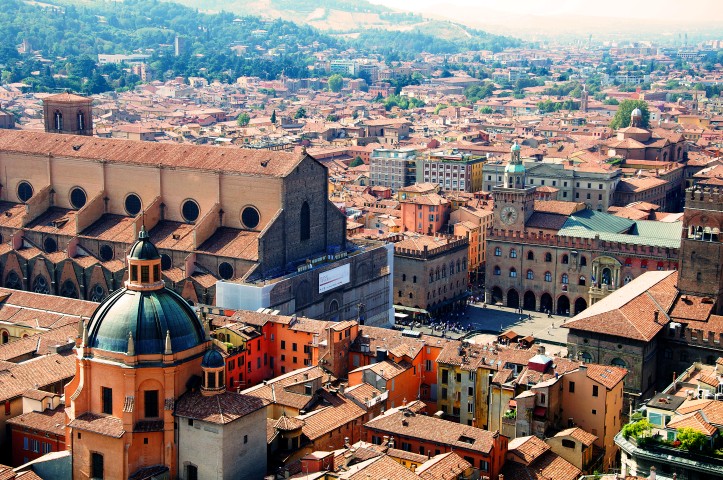
And that is really the crux of the issue in Bologna. For, of all its many nicknames, the most applicable is probably La Grassa (the Fat). It is great fun to sightsee in Bologna, because the portici-covered sidewalks protect strollers from both inclement weather and, more importantly, the careening Fiats and Vespas that regularly force pedestrians into doorways in other Italian cities. But the most fun thing to do in Bologna is to eat.
Trendy Silverio leads the new Bolognese movement to rediscover and reinterpret, in cutting-edge style, the best traditional regional recipes and ingredients. Young chef Silverio Cineri’s signature style is the unconventional, but unfailingly delicious, use of flavourings: parmesan cheese gelato, a creamy layered torte with flower petals, or gialli laccetti alla barba del negus (a centuries-old handmade egg pasta, with a lightly pungent sauce of tender wild nettles).
Franco Rossi, on a small street just a block from the historic and action-packed Via dell’Independenza, makes one wonder why the classics need updating at all. This is the place to try home-made tagliatelli with rich ragu, tortelloni and capelletonestuffed with sophisticated light vegetable and cheese fillings, an impeccable — and near endless — antipasto of Bologna’s best, and much more. The place looks fancy but feels friendly, with wine poured freely and a variety of surprise dishes delivered gratis by the exuberant management.
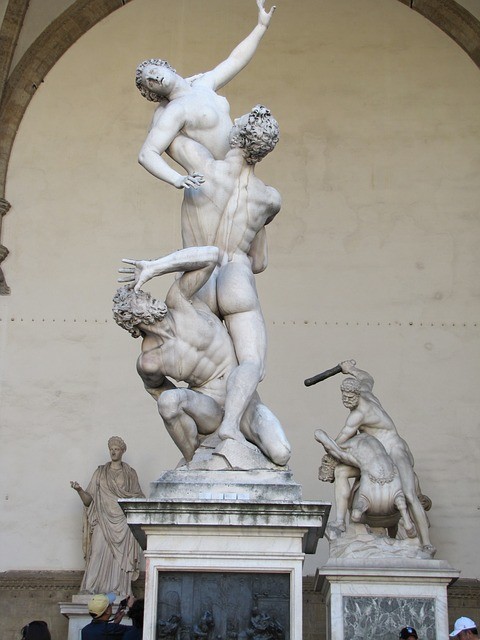
Of course, salumi (preserved meats) are Bologna’s glory, particularly mortadella, the rich, patrician prototype for plebian ‘baloney’. But equally, or even more, succulent are several must-sample local specialities that rarely make it out of the immediate region: coppe(cured pork neck) from Piacenza; the super-salami of Felino; Langhiranoprosciutto, even more prized than Parma’s; San Secondo’s famous spalle cotte; and especially the silky-sweet culatello di Zibello, considered by connoisseurs to be the ultimate incarnation of prosciutto, despite its less than lordly name (it comes from the Italian word for arse, ‘culo’).
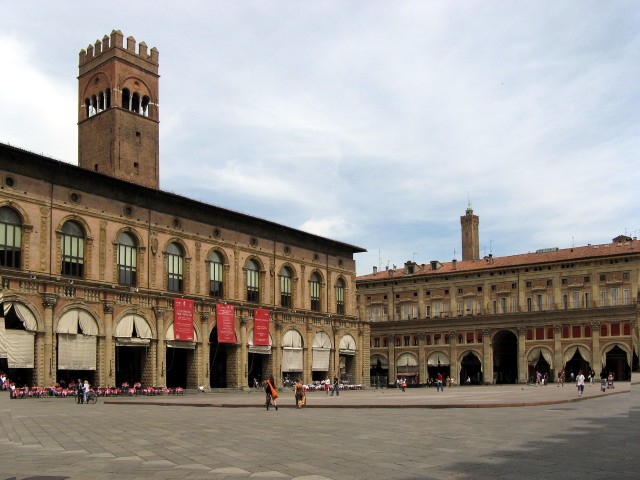
For the ultimate picnic, procure these cold meats at the famous old salumeria, Tamburini, or at one of the many other food shops in the warren of streets and covered food markets just off central Piazza Maggiore. Then haul your haul just a few steps to Osteria del Sole, an atmospheric, ancient, wood-beamed tavern which, since 1468, has encouraged patrons to bring their own market munchies to accompany the osteria’s terrific house wines.
For quick restoratives, Bologna’s — and possibly the universe’s — best home-made gelato can be found at Ugo. And the very hip yet rustic-looking Nino’s does a wood-oven-crusted buffalo mozzarella pizza whose final topping, crunchy selvetica(peppery wild arugula) salad, will make any traveller feel healthily renewed enough to boldly stroll — or roll — on out under those fortuitously wide arcades, to the next full meal.
- Silverio Ristorante: Via Mirasole 19, phone and fax 00-39-051-585857; closed Sunday.
- Franco Rossi: Via Goito 3, phone and fax 00-39-051-238818; closed Sunday.
- Tamburini: Via Caprarie 1; 00-39-051-234726, fax 00-39-051-232226, e-mail tambinifo@tin.it.
- Osteria del Sole: Viccolo Ranocchi 1d, no phone; closed Sunday.
- Ugo: Via San Felice 24; closed October-March.
- Nino’s: Via Volturno 9; closed Monday.


